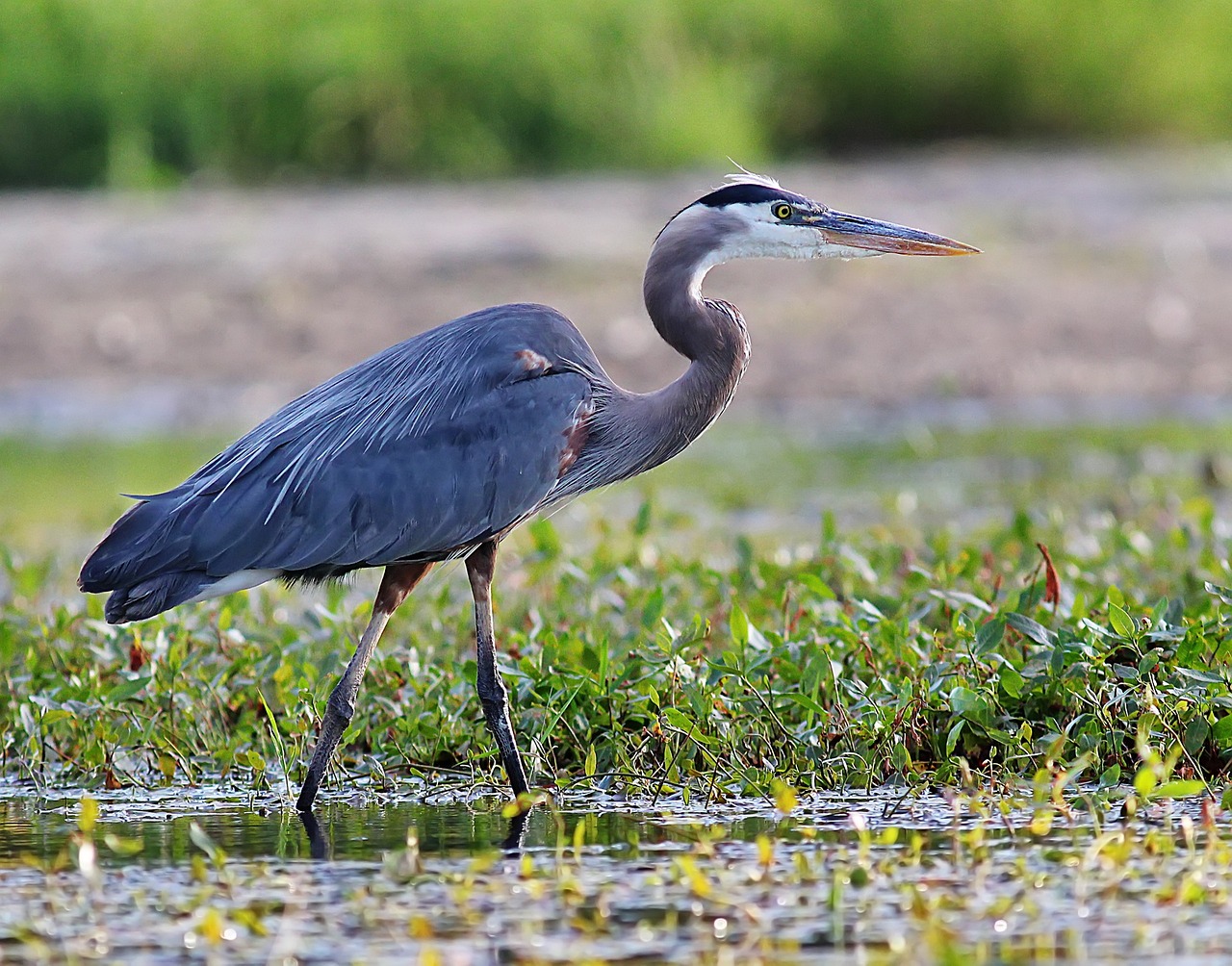Exploring the Rich Culture and Unique Vocabulary of Inuit: An Insight into the Indigenous Lifestyle in the Arctic
In the vast and icy expanse of the Arctic, where snow and ice dominate, a remarkable indigenous people quietly coexist - the Inuit. Often misunderstood and overlooked, these resilient humans have a rich history, culture, and a unique language that reflects their connection to the land. Let's delve into the fascinating world of Inuit and discover the intricacies of their Inuktitut, the official language of Nunavut, Canada's largest territory.
The Inuit, or Inuk, are a diverse group spread across Canada, Alaska, Greenland, and Russia's Siberia, with the majority belonging to the Iñupiat (in Alaska) and Inuvialuit (in Canada). Their society is deeply rooted in the hunter-gatherer tradition, adapted to the harsh conditions of the polar environment. The Inuit word "Inuit" itself means "the people" or "居民," emphasizing their close relationship with their surroundings.
Language is the lifeblood of the Inuit culture. Inuktitut, a polysynthetic language, has a complex structure that allows for an extensive vocabulary to convey the unique needs and experiences of their lifestyle. Each word is often linked to a specific action, object, or idea, making communication concise yet expressive. For example, 'nunangat' refers to both the land and sea, highlighting the Inuit's deep dependence on both for survival.

One notable aspect of Inuktitut is its use of glottal stops, which can create unique sounds not found in other languages. These stops emphasize the importance of air in pronunciation, reflecting the importance of breathing and survival in their harsh environment. Additionally, Inuktitut has borrowed words from other languages, such as English and Russian, reflecting the influence of European contact over time.
The Inuit language is not only spoken but also sung, danced, and even carved into carvings and tattoos. Many songs, like "Qallunaat," convey stories passed down through generations about their ancestors and the natural world. These songs often employ repetition, rhyme, and metaphor, further enriching the storytelling.
Education in Inuit communities today focuses on preserving and promoting the language, recognizing its value in fostering a strong cultural identity. The Inuit Language Act in Nunavut guarantees the rights of Inuktitut speakers and ensures its use in all public life, including schools, media, and government communications.
Understanding Inuit culture through their language is essential in appreciating their resilience, adaptability, and deep respect for nature. Their oral traditions, passed down through elders, provide a glimpse into a worldview shaped by the unforgiving Arctic environment. As we learn more about Inuit, let us also acknowledge and support the efforts to preserve and revitalize this rich linguistic heritage.
In conclusion, the Inuit people and their Inuktitut language are a testament to the power of adaptation and cultural resilience. By exploring this unique tongue, we gain insight into a way of life that has thrived in one of the harshest environments on Earth. Embracing their language and culture not only helps us understand the Inuit but also reminds us of the importance of preserving the diversity of human experiences around the globe.







